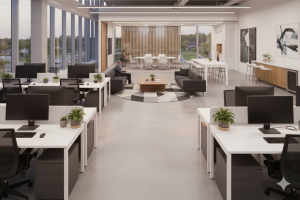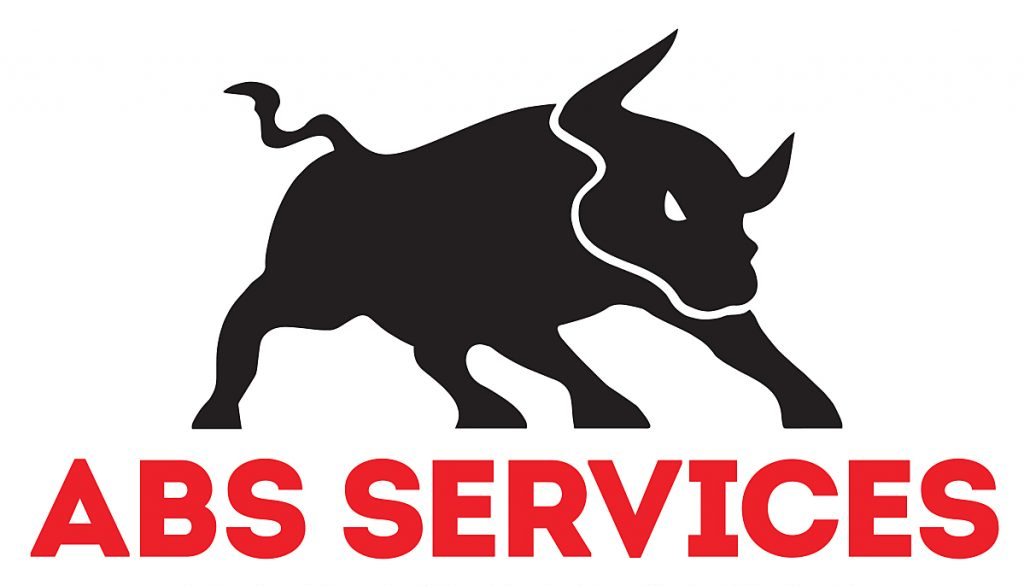 The landscape of office space construction has undergone a remarkable transformation in recent years, driven by shifts in work culture, technological advancements, and a growing emphasis on sustainability. As we navigate through the complexities of the modern workplace, it becomes essential to understand the key elements that define contemporary office environments. This article delves into the various aspects of modern office space construction, exploring trends, designs, and the underlying principles that shape these innovative workspaces.
The landscape of office space construction has undergone a remarkable transformation in recent years, driven by shifts in work culture, technological advancements, and a growing emphasis on sustainability. As we navigate through the complexities of the modern workplace, it becomes essential to understand the key elements that define contemporary office environments. This article delves into the various aspects of modern office space construction, exploring trends, designs, and the underlying principles that shape these innovative workspaces.
Understanding Modern Office Space
Modern office spaces are no longer confined to traditional cubicles and closed-off rooms. Instead, they embody a dynamic blend of functionality, aesthetics, and employee well-being. The evolution of these spaces reflects a broader understanding of how the physical environment can influence productivity, creativity, and overall job satisfaction.
The Shift from Traditional to Modern
Historically, office spaces were designed with a focus on hierarchy and separation. The introduction of cubicles in the 1970s marked a significant shift, but these designs often led to feelings of isolation among employees. Today, the emphasis is on creating open, collaborative environments that foster communication and teamwork. This shift is not merely aesthetic; it is rooted in a deeper understanding of how people work best.
Key Characteristics of Modern Offices
Modern office spaces are characterized by several key features:
-
- Open Floor Plans: These layouts encourage collaboration and reduce barriers between employees, promoting a sense of community.
- Flexible Workspaces: Adaptable areas that can be reconfigured for different tasks or team sizes are becoming increasingly popular.
- Natural Light and Greenery: Incorporating large windows and indoor plants enhances the aesthetic appeal and contributes to employee well-being.
The Role of Technology in Office Design
Technology plays a pivotal role in shaping modern office spaces. The integration of advanced systems not only enhances functionality but also improves the overall experience for employees.
Smart Building Technologies
Modern offices are increasingly equipped with smart technologies that optimize energy usage and enhance comfort. These systems can monitor and adjust lighting, temperature, and air quality based on occupancy and preferences. For instance, smart lighting systems can automatically adjust brightness based on the time of day, reducing energy consumption while ensuring a comfortable working environment.
Enhanced Connectivity
With the rise of remote work and digital collaboration, robust connectivity has become essential. Modern office designs prioritize high-speed internet access and seamless integration of personal devices. This connectivity allows employees to work efficiently, whether they are in the office or collaborating remotely.
Virtual and Augmented Reality
Innovative technologies like virtual and augmented reality are beginning to influence office design. These tools can be used for virtual tours, allowing potential tenants to experience a space before committing. Additionally, augmented reality can enhance collaborative efforts by providing interactive elements during meetings.
Sustainability in Office Construction
Sustainability has emerged as a critical consideration in modern office construction. As businesses strive to reduce their environmental impact, eco-friendly designs are becoming the norm rather than the exception.
Sustainable Materials
The choice of materials is fundamental to sustainable office construction. Utilizing recycled, reclaimed, and low-emission materials minimizes the environmental footprint of a building. For example, bamboo flooring and recycled steel are popular choices that combine durability with sustainability.
Energy Efficiency
Modern offices are designed with energy efficiency in mind. This includes the installation of energy-efficient HVAC systems, LED lighting, and high-performance insulation. These features not only reduce operational costs but also contribute to a healthier indoor environment.
Green Certifications
Pursuing green certifications such as LEED (Leadership in Energy and Environmental Design) or WELL Building Standard validates a building’s commitment to sustainability. These certifications can enhance a company’s reputation and attract environmentally conscious tenants.
Employee Well-Being and Productivity
The design of modern office spaces places a strong emphasis on employee well-being. Recognizing that a healthy work environment contributes to productivity, many companies are rethinking their office layouts.
Natural Light and Biophilic Design
Incorporating natural light is a fundamental aspect of modern office design. Large windows and open spaces allow for ample sunlight, which has been shown to improve mood and productivity. Additionally, biophilic design—integrating natural elements into the workspace—can reduce stress and enhance creativity.
Ergonomic Furniture
Modern offices prioritize ergonomic furniture to promote comfort and reduce physical strain. Adjustable desks, supportive chairs, and collaborative seating arrangements encourage employees to maintain healthy postures and stay engaged throughout the day.
Wellness Spaces
Many contemporary office designs include dedicated wellness spaces, such as meditation rooms or quiet zones. These areas provide employees with a retreat from the hustle and bustle of the workplace, allowing them to recharge and refocus.
Flexibility and Adaptability
The modern workforce is characterized by its need for flexibility. Office spaces must be designed to accommodate various work styles and preferences.
Hot Desking and Shared Workspaces
Hot desking—where employees do not have assigned desks—has gained popularity as a way to maximize space and encourage collaboration. This approach requires effective booking systems to ensure that employees can easily find and reserve workspaces that suit their needs.
Modular Design
Modular office designs allow for easy reconfiguration of spaces. Movable walls and adaptable furniture enable companies to adjust their layouts based on changing team sizes or project requirements. This flexibility is essential in today’s fast-paced business environment.
Remote Work Integration
As remote work becomes more prevalent, modern offices are designed to support hybrid work models. This includes creating spaces that facilitate virtual meetings and collaboration, ensuring that remote employees feel included and engaged.
The Importance of Workplace Amenities
Modern office spaces are increasingly designed with employee amenities in mind. These features enhance the overall experience and contribute to employee satisfaction.
On-Site Facilities
Amenities such as fitness centers, cafes, and relaxation areas are becoming standard in modern office buildings. These facilities encourage employees to take breaks, socialize, and maintain a healthy work-life balance.
Community Spaces
Creating communal areas fosters a sense of belonging among employees. Lounges, game rooms, and outdoor terraces provide opportunities for informal interactions, strengthening team dynamics and enhancing workplace culture.
Technology-Enhanced Amenities
Integrating technology into workplace amenities can further enhance the employee experience. For example, smart coffee machines that allow employees to order beverages via an app can streamline daily routines and improve convenience.
The Future of Office Space Construction
As we look ahead, the future of office space construction will continue to evolve in response to changing work dynamics and societal expectations.
Embracing Hybrid Work Models
The rise of hybrid work models will shape the design of future office spaces. Companies will need to create environments that support both in-office and remote work, ensuring that employees can collaborate effectively regardless of their location.
Continued Focus on Sustainability
Sustainability will remain a driving force in office construction. As awareness of environmental issues grows, businesses will increasingly prioritize eco-friendly designs that align with their values and attract socially conscious clients.
Technological Advancements
The integration of emerging technologies will continue to transform office spaces. From AI-driven building management systems to advanced collaboration tools, the future of office design will be characterized by innovation and adaptability.
The evolution of modern office space construction reflects a profound shift in how we perceive work environments. By prioritizing flexibility, sustainability, and employee well-being, contemporary office designs are not only functional but also inspiring. As businesses navigate the complexities of the modern workforce, embracing these principles will be essential for creating spaces that foster productivity, creativity, and collaboration. The future of office construction is bright, and it promises to redefine the way we work for years to come.
We Provide General Commercial Contracting Services
We oversee construction projects from the beginning to the end. This includes designing, planning, building, and managing the entire process. We are responsible for coordinating with architects, engineers, and other subcontractors to ensure that the project is completed within the set timeline and budget.
> Learn More
Contact us (513-617-1401) for more information or a quote
—

About ABS Services
ABS Services provides comprehensive commercial construction services to Greater Cincinnati, Northern Kentucky, and Southeast Indiana. We have the experience, equipment, and the right team to get the job done!
> Learn More
